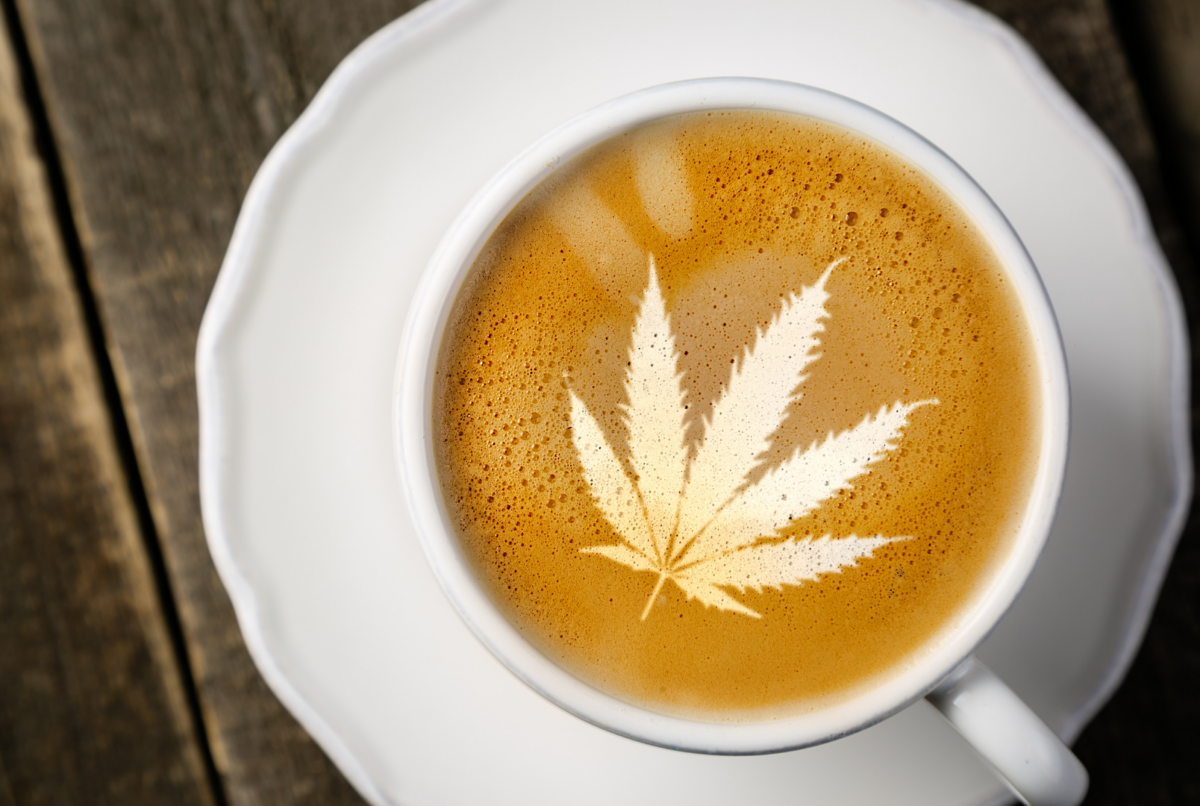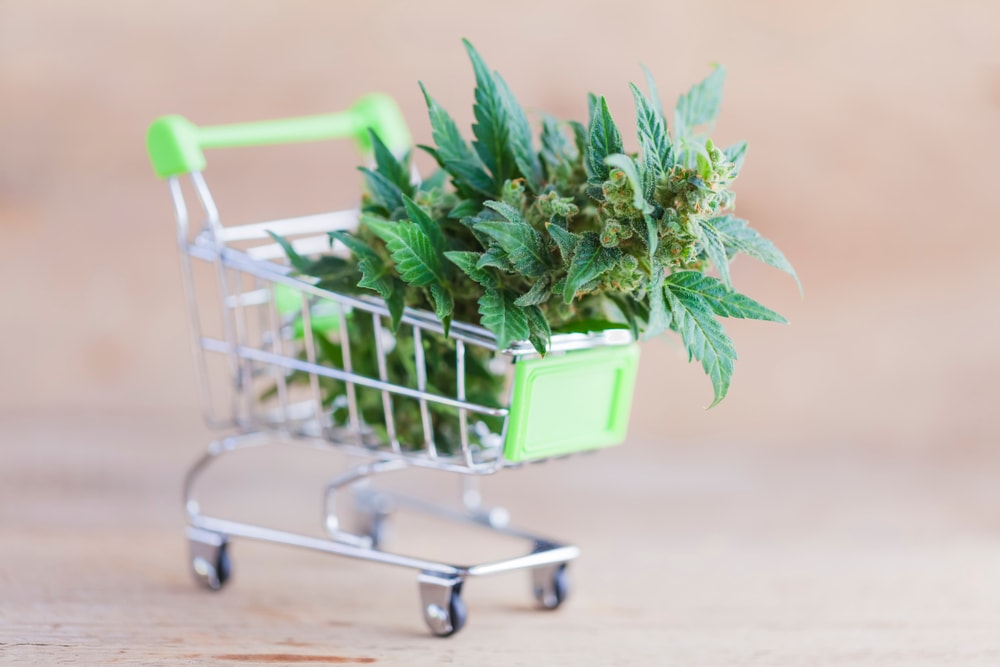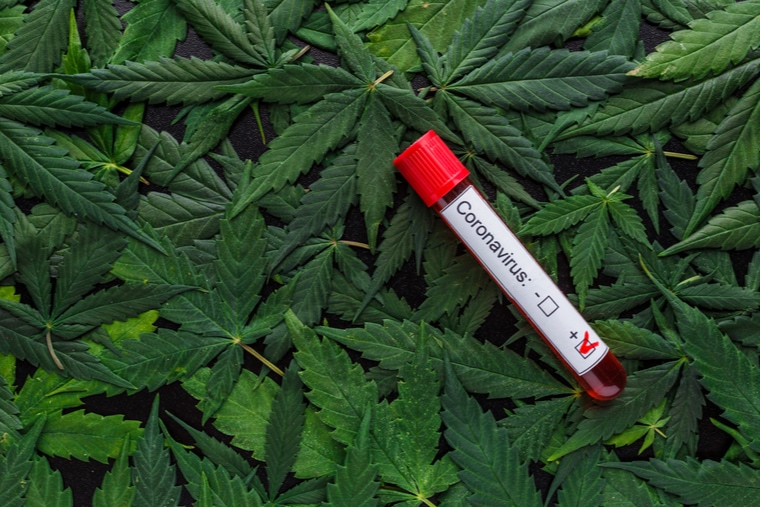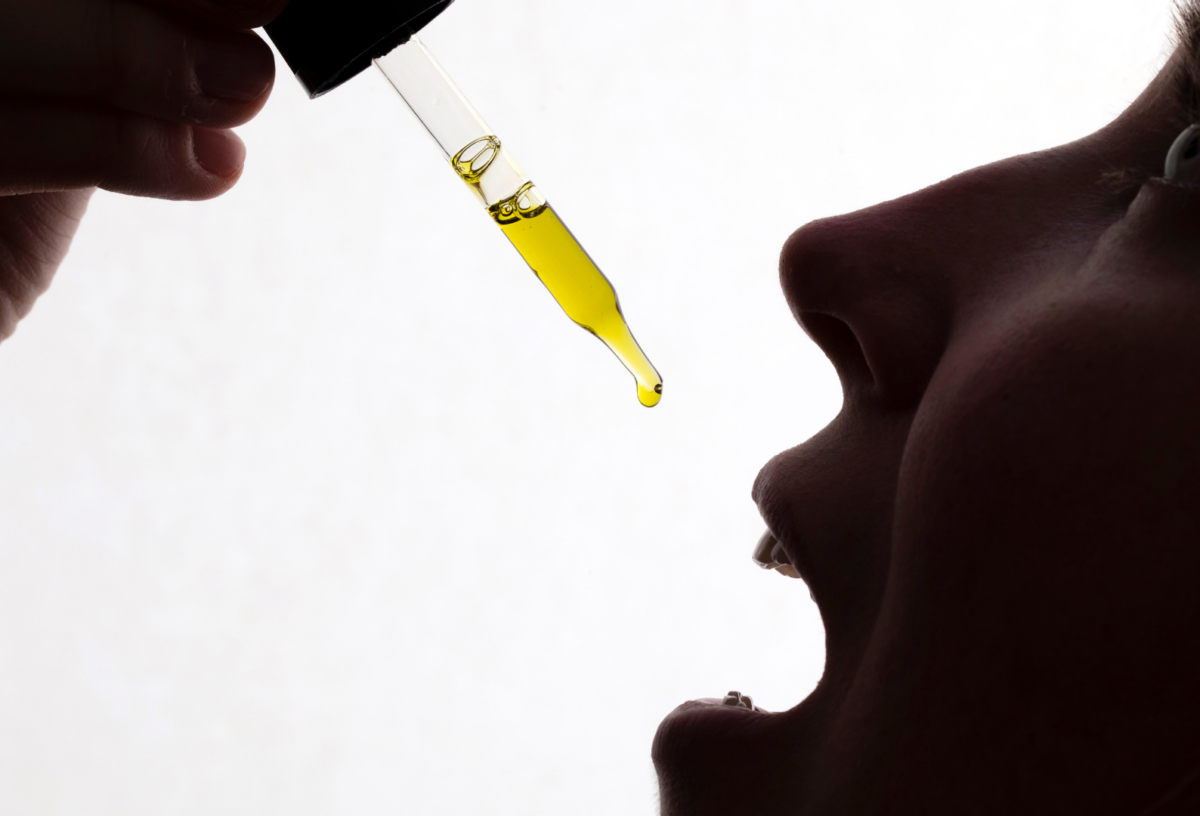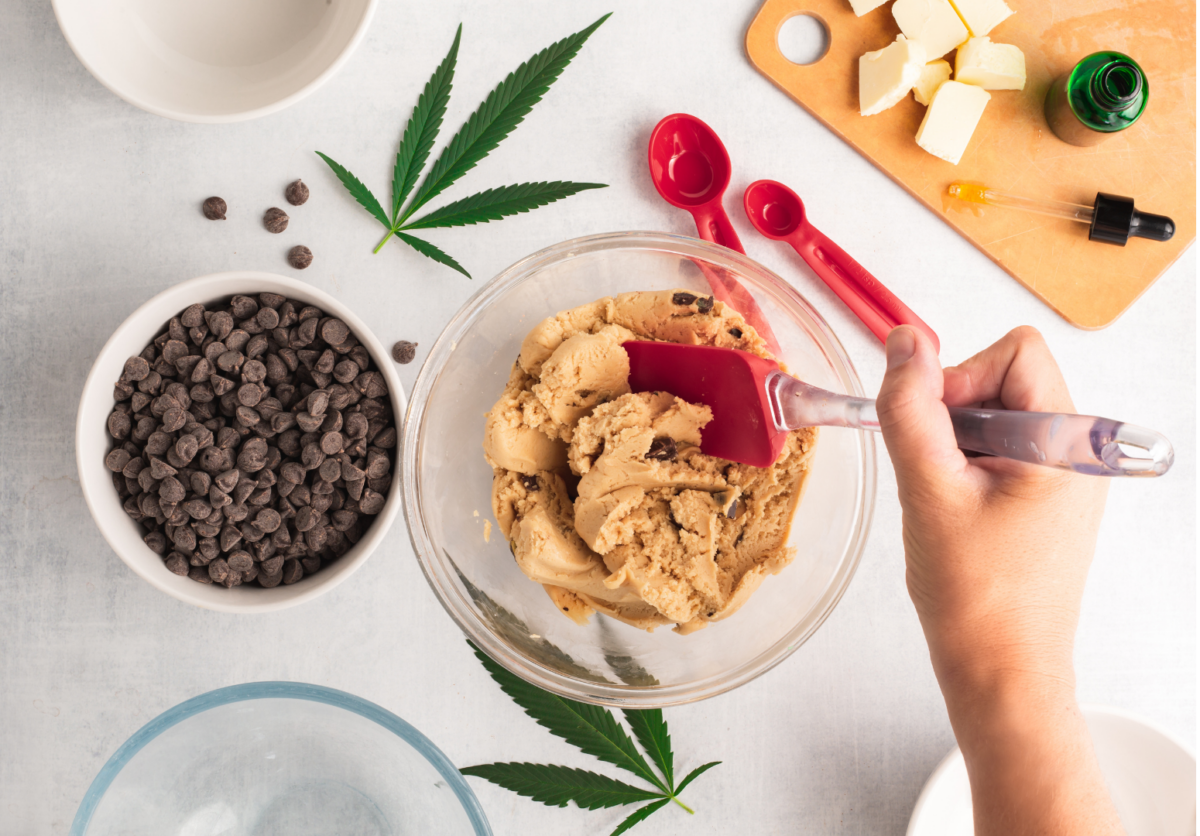Dearest Charlotte,
We thank you, we thank you, we thank you! You changed the world in your short 13 years. Today is your day, April 7th, Charlotte Figi day. We would much rather you be here with us with your laughter, your ability to devour an entire plate of french fries, us – trying to pry the fork out of your chunky little fist and finally giving in because if you did shank someone they likely deserved it and we usually did give in to your perseverance. Or maybe an opportunity to read you one more story… perhaps The Bear Snores On. But instead we will light a candle for you dear one, we will continue to tell your story and the story of tens of thousands and try our damndest to carry on your legacy. Thank you.
You showed us what it was to discover a new path, one filled with empowerment over our health care decisions and the ability to use a plant to change our lives. You showed us we could reclaim our health and our quality of life. That we had sovereignty of choice over our healthcare. That we did not need to keep doing the things that were not working. If not for you dear Charlie, hemp could very well still be illegal. If not for you the progress that has been made in the name of cannabis would not be where it is today. Thank you.
We are sorry your journey was so full of challenges. The early seizures that lasted hours at only three months old. Having to try so many medications that failed you many of which making you worse. This made the eventual success so much sweeter for your family. Thank you.
From the moment your mom administered your first dose of CBD at 5 years old, the movement began. You started a movement, precious one. Quietly, you didn’t say a word. You just got better. It started with families moving here to Colorado for access to achieve the same life-saving results you had and growing to federal legislation legalizing hemp. We could not have said it better than your friend Dr. Sanjay Gupta, “Charlotte Figi was more than an individual, she was an entire movement wrapped up into a sweet girl with a big smile and an even bigger heart.” Thank you for the movement you inspired. Thank you for the candle that you lit that continues to light our path forward to this day.
You showed us Charlotte that cannabis could serve as a legitimate medicine. You helped all of us to move from a place of stigma to a place of compassion. After decades of prohibition, cannabis was more widely making its way into daily conversation, the medical community, and scientific research. The power of the plant that our ancestors, centuries before us, knew to be sacred was making a name for itself once again as a natural solution. And this was all because the world witnessed you Charlotte as you reclaimed your quality of life. We are so thankful your parents shared you with us. For their courage, which they surely learned from you, we thank you.
Lovingly and in your service,
Your Realm of Caring family

On April 7th, 2020, Charlotte very suddenly and tragically passed away. The globe shook as it mourned the loss of this mighty individual and it was felt across continents. Tributes were made, a day was named in her honor, hearts outpoured with emotion for Charlotte, celebrating the path she paved.
Today, and every day, Realm of Caring is guided by our North Star, Charlotte, reminding us why we fight for access for all – through education, research, and advocacy. We continue because everyone deserves the dignity of choice. We continue because Charlotte’s impact remains the footprint of our path forward; toward care for all through the healing power of the Earth.
Charlotte Figi, we love you.
If Charlotte and/or Realm of Caring have personally touched your life, please feel free to send a message to [email protected]. We will share messages to Charlotte with her family.



